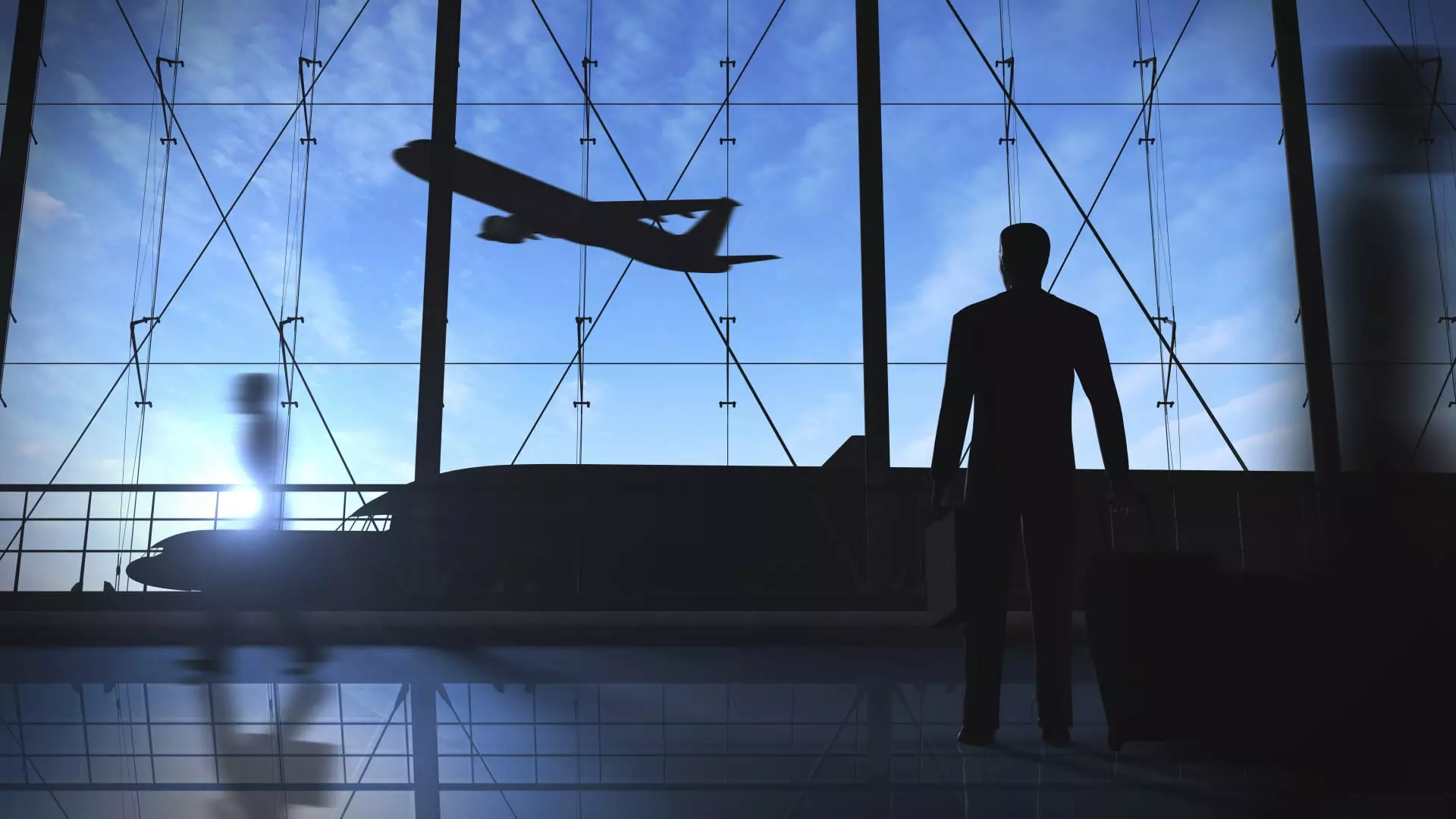Despite superficial indicators of robust corporate travel activity, a deeper analysis reveals a landscape fraught with hesitation and strategic caution. The recent increase in business travel spending—by a seemingly encouraging 15% year-over-year in the second quarter of 2025—may superficially suggest a recovering confidence. Yet, this growth appears less a reflection of genuine optimism and more a calculated response to an environment riddled with geopolitical instability, trade tensions, and economic anxieties. The reality is that corporate leaders are navigating treacherous waters, making deliberate but often opaque decisions to keep travel costs manageable while maintaining essential relationships.
This cautious expenditure signals more than resilience; it underscores an underlying insecurity affecting business decision-making. The shift from quantity to quality—favoring targeted, purposeful meetings over broad, high-cost travel—demonstrates an adaptation driven by necessity rather than eagerness. Far from being an unbridled resurgence, the industry’s current momentum is better described as a fragile facade, masking continued trepidation amidst volatile macroeconomic conditions.
The Mirage of Confidence Amid Economic Headwinds
Both the Navan index and the findings from the Global Business Travel Association portray a picture of restrained optimism, with business travel forecasted to reach $1.57 trillion—a mere 6.6% increase from the previous year, well below earlier predictions. This softened growth exposes a stark reality: companies are increasingly wary of the volatile geopolitical landscape and unpredictable economic policies, especially those emanating from the U.S. administration’s approach to trade tariffs and diplomatic negotiations.
The decline in confidence is further evidenced by the drop in optimism among corporate executives, with only 28% expressing positive outlooks for 2025—down sharply from 67% just six months prior. These figures highlight an industry often caught between the desire for growth and the pragmatism of risk aversion. Executives are reluctant to fully indulge in unchecked expansion, even as they recognize the strategic importance of face-to-face interactions. Their responses, such as booking multi-city trips and consolidating meetings, indicate a shift toward efficiency rather than enthusiasm.
Surface-Level Spending, Deeper Strategic Retrenchment
While total travel expenditures remain relatively stable, the composition of these expenditures reveals a cautious recalibration. Increased spending on individual meals for one-on-one meetings suggests that businesses are prioritizing meaningful engagements over large corporate events or extravagant travel. Simultaneously, the decline in team events and high-class airline tickets illustrates a conscious effort to cut unnecessary costs, highlighting a more pragmatic approach to travel.
Moreover, the decrease in airfare prices and the corresponding reduction in high-end ticket purchases reflect a shifting mindset—businesses are seeking more budget-conscious alternatives without entirely abandoning travel. The push for purposeful trips, combined with efforts to maximize ROI, points to a broader cultural shift within corporate America: travel is no longer about convenience or prestige but about strategic necessity and financial prudence.
The Myth of a Fully Recovered Industry
Contrary to some optimistic narratives, the data suggests that the supposed rebound in corporate travel is fragile at best. Airline CEOs, who are often indicative of industry health, acknowledge that the recent performance remains ‘choppy,’ with overall volumes projected to remain flat or grow minimally. Delta’s CEO, Ed Bastian, points out that corporate travel is not surging but stagnating, with many companies simply maintaining previous levels until greater clarity emerges.
Even sectors expected to benefit from economic recovery, such as airlines, admit that trade tension-induced uncertainties continue to temper growth expectations. The idea that business travel is on an inexorable rise ignores the complex geopolitical factors anchoring current decision-making processes. The reality is that many companies are only gradually rediscovering their footing, wary of overcommitting in a climate where policy shifts can rapidly disrupt plans.
A Critical Perspective on Industry Expectations
From a center-leaning liberal perspective, these developments should serve as a wake-up call. The false optimism of a full-scale recovery obscures deeper systemic vulnerabilities—both economic and political. Corporate travel, often heralded as a barometer for economic health, now functions more as an indicator of cautious conservatism than genuine growth. The industry’s narrative of resilience masks a reluctance rooted in broader macroeconomic fragility.
This cautious stance reveals a paradox: while companies recognize the intrinsic value of personal relationships, they are also constrained by the realities of economic uncertainty. Such an environment demands not just strategic adjustments but a reevaluation of the fundamental assumptions about growth and stability. If anything, the current state of corporate travel exposes the limits of neoliberal-influenced optimism, warning that without addressing the root causes of instability—trade tensions, policy unpredictability, and economic inequality—the so-called rebound may be nothing more than a temporary pause in a larger trend of cautious retrenchment.

